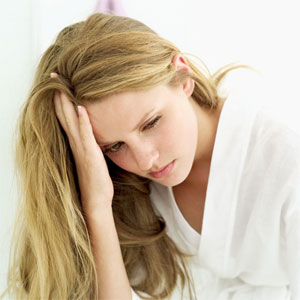Depression is a psychological state that is characterized by sadness, malaise, fatigue, insomnia, loss of interest in activities once pleasurable, decreased libido, feelings of despair.
Frequency of depression in women is 2-3 times higher than in men. There are differences between women and men in relation to levels of estrogen, serotonin, cortisol and melatonin, which partly explains why women are more susceptible to depression, especially seasonal depression. Estrogen – the female sex hormone – affects more than 300 body functions, including regulating the menstrual cycle, protecting the heart and maintaining strong bones.
Also, stress plays a major role. Women react to stress differently than men. They develop emotional symptoms like depression, anxiety, bad eating habits, and men turning more to alcohol, drugs and aggressive behaviors.
Hormonal fluctuations during the menstrual cycle after pregnancy or during menopause contributes to the emergence of women’s specific forms of depression, such as premenstrual syndrome, premenstrual dysphoria, postpartum depression (after delivery) and depression in premenopausal women, who often remain untreated. Premenstrual syndrome may be prevented and treated.
More than 50% of women who had postpartum depression will experience again the next birth, so it must be detected and treated in time. Suicide rate is higher in premenopausal women. Frequency of depression in women is 2-3 times higher than in men.
